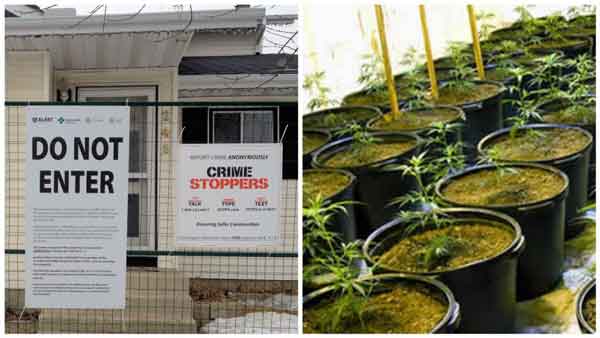
Fentanyl is an artificial opioid legally used to treat severe pain; particularly pain associated with cancer, but there is also a dark side creating a fentanyl exposure problem.
Estimated to be 100 times more potent than morphine and coveted for its euphoric effect, fentanyl is used illegally to replace or augment heroin use. Fentanyl exposure affects brain receptors and can rapidly shut down breathing.
Fentanyl can be manufactured both legally and illegally. Legal, or pharmaceutical, fentanyl is produced in an environment where containment is expertly monitored. Pharmaceutical fentanyl can be disseminated illegally by physicians, patients, and pharmacists; or as a result of improper disposal. Illicit fentanyl is produced in uncontrolled environments and is where the fentanyl exposure problem is growing to a crisis situation.
According to the US Drug Enforcement Agency (DEA), “illicitly manufactured fentanyl is chiefly responsible for the current domestic crisis. Contact with a clandestine fentanyl lab can result in unintentional exposure to fentanyl.
More and more, stories are emerging in which first responders, police, and medical staff are falling victim to unexpected and unintentional fentanyl exposure as they do their jobs. Hidden forms of the drug complicate and increase the risk of unexpected fentanyl exposure. Toxic levels of the drug are still being considered but an amount of fentanyl equivalent to a few grains of salt can be deadly.
To make matters worse, according National Institute of Standards and Technology (NIST) news, an even more dangerous drug designed to mimic fentanyl is present in North America: “A particularly dangerous fentanyl analog, carfentanil, is increasingly turning up in the U.S. drug supply.” Carfentanil is 5000 times more potent than heroin. A lethal dose is as small as a period on this page.
Minute amounts of fentanyl exposure and its analogs can be deadly. Why risk your safety? Mayken™ is an established industry leader, specializing in extreme hazardous cleaning and remediation. They are the North American answer to a growing crisis. Play it safe: leave the clean up of any contaminated drug site up to the drug lab remediation professionals.






















